
The Anglo-Zulu War was fought in 1879 between the British Empire and the Zulu Kingdom. Following the passing of the British North America Act of 1867 forming a federation in Canada, Lord Carnarvon thought that a similar political effort, coupled with military campaigns, might succeed with the African Kingdoms, tribal areas and Boer republics in South Africa. In 1874, Sir Bartle Frere was sent to South Africa as High Commissioner for the British Empire to effect such plans. Among the obstacles were the armed independent states of the South African Republic and the Kingdom of Zululand.

Sir William Hamo Thornycroft was an English sculptor, responsible for some of London's best-known statues, including the statue of Oliver Cromwell outside the Palace of Westminster. He was a keen student of classical sculpture and was one of the youngest artists to be elected to the Royal Academy, in 1882, the same year the bronze cast of Teucer was purchased for the British nation under the auspices of the Chantrey Bequest.

Sir Henry Bartle Edward Frere, 1st Baronet, was a Welsh British colonial administrator. He had a successful career in India, rising to become Governor of Bombay (1862–1867). However, as High Commissioner for Southern Africa (1877–1880), he implemented a set of policies which attempted to impose a British confederation on the region and which led to the overthrow of the Cape's first elected government in 1878 and to a string of regional wars, culminating in the invasion of Zululand (1879) and the First Boer War (1880–1881). The British Prime Minister, Gladstone, recalled Frere to London to face charges of misconduct; Whitehall officially censured Frere for acting recklessly.

Sir Joseph Edgar Boehm, 1st Baronet, was an Austrian-born British medallist and sculptor, best known for the "Jubilee head" of Queen Victoria on coinage, and the statue of the Duke of Wellington at Hyde Park Corner. During his career Boehm maintained a large studio in London and produced a significant volume of public works and private commissions. A speciality of Boehm's was the portrait bust; there are many examples of these in the National Portrait Gallery. He was often commissioned by the Royal Family and members of the aristocracy to make sculptures for their parks and gardens. His works were many, and he exhibited 123 of them at the Royal Academy from 1862 to his death in 1890.
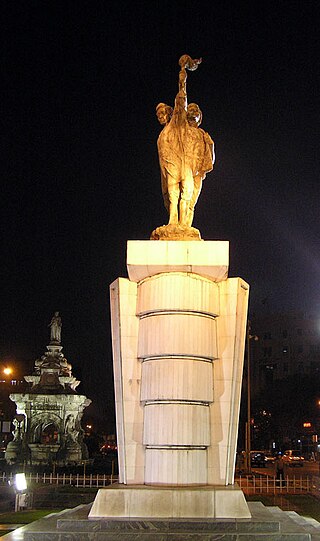
Hutatma Chowk ("Martyrs' Square,, is a square in South Mumbai, Maharashtra, India. The square hosts Flora Fountain and was known by that name until 1961 when it was officially renamed in memory of the members of Samyukta Maharashtra Samiti, who lost their lives when police fired upon their peaceful demonstration in 1956. A statue of a "Martyr with a Flame" stands next to Flora Fountain.
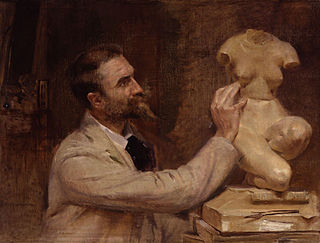
Edward Onslow Ford was an English sculptor. Much of Ford's early success came with portrait heads or busts. These were considered extremely refined, showing his subjects at their best and led to him receiving a number of commissions for public monuments and statues, both in Britain and overseas. Ford also produced a number of bronze statuettes of free-standing figures loosely drawn from mythology or of allegorical subjects. These 'ideal' figures became characteristic of the New Sculpture movement that developed in Britain from about 1880 and of which Ford was a leading exponent.
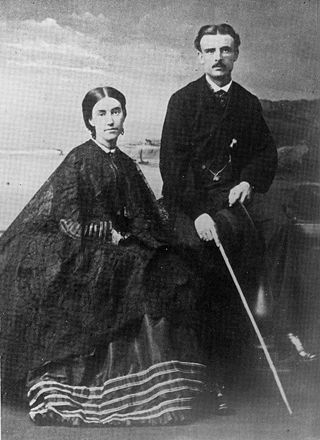
Sir Frederick Napier Broome was a colonial administrator in the British Empire, serving in Natal, Mauritius, Western Australia, Barbados and Trinidad and Tobago. The Western Australian towns of Broome and Broomehill are named after him. He has signed his name as F. Napier Broome.
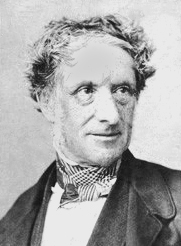
Sir Richard Westmacott was a British sculptor.
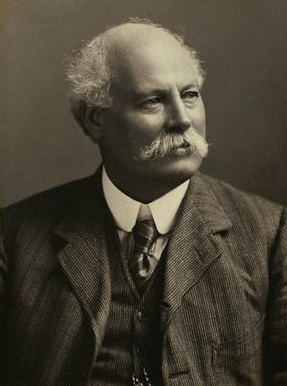
Sir Thomas Brock was an English sculptor and medallist, notable for the creation of several large public sculptures and monuments in Britain and abroad in the late nineteenth and early twentieth centuries. His most famous work is the Victoria Memorial in front of Buckingham Palace, London. Other commissions included the redesign of the effigy of Queen Victoria on British coinage, the massive bronze equestrian statue of Edward, the Black Prince, in City Square, Leeds and the completion of the statue of Prince Albert on the Albert Memorial.

Matthew Noble was a leading British portrait sculptor. Carver of numerous monumental figures and busts including work memorializing Victorian era royalty and statesmen displayed in locations such as Westminster Abbey, St. Paul's Cathedral and in Parliament Square, London.

Lady Feodora Georgina Maud Gleichen was a British sculptor of figures and portrait busts and designer of decorative objects.

Sir John Charles Molteno was a soldier, businessman, champion of responsible government and the first Prime Minister of the Cape Colony.
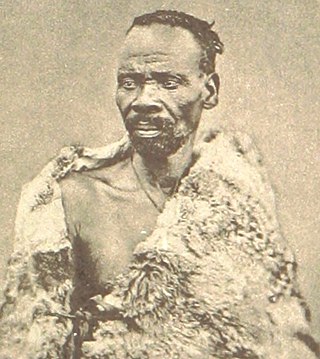
Sekhukhune I was the paramount King of the Marota, more commonly known as the Bapedi, from 21 September 1861 until his assassination on 13 August 1882 by his rival and half-brother, Mampuru II. As the Pedi paramount leader he was faced with political challenges from Voortrekkers, the independent South African Republic, the British Empire, and considerable social change caused by Christian missionaries.

There have been two baronetcies created for persons with the surname Frere, one in the Baronetage of England and one in the Baronetage of the United Kingdom. Both creations are extinct.

Bagh-e-Jinnah, Karachi is an urban park located between Abdullah Haroon Road and Fatima Jinnah Road in Karachi, Pakistan.

The statue of Henry Irving is located on the grounds of the National Portrait Gallery along Charing Cross Road in London, United Kingdom. It was erected on 12 May 1910 by English actors and actresses and others related to British theatre in a campaign organized by the Irving Memorial Committee. It was installed on land donated by the City of Westminster. The Irving Society hosts a wreath-laying ceremony at the statue on 6 February each year, commemorating the actor's birth. The bronze statue and Portland stone pedestal is by the sculptor Thomas Brock and is Grade II listed.

Bartle Frere is a locality in the Cairns Region, Queensland, Australia. In the 2016 census, Bartle Frere had a population of 137 people.

The Thames Ditton Foundry was a foundry in Thames Ditton, Surrey, which operated from 1874 to 1939 and which under various owners produced numerous major statues and monuments as one of the United Kingdom's leading firms of bronze founders.

On 17 September 1878, a British surveyor for the Colony of Natal and a trader were detained by the Zulu while on an island in the Tugela River, which marked the boundary between Natal and Zululand. The men were robbed but released unharmed. The incident was seized upon by Sir Henry Bartle Frere, the British high commissioner for Southern Africa, as a pretext for war with the Zulu, and reparations for the incident formed part of his December 1878 ultimatum to the Zulu king Cetshwayo. British forces invaded Zululand on 11 January 1879, following the expiry of the ultimatum.




















